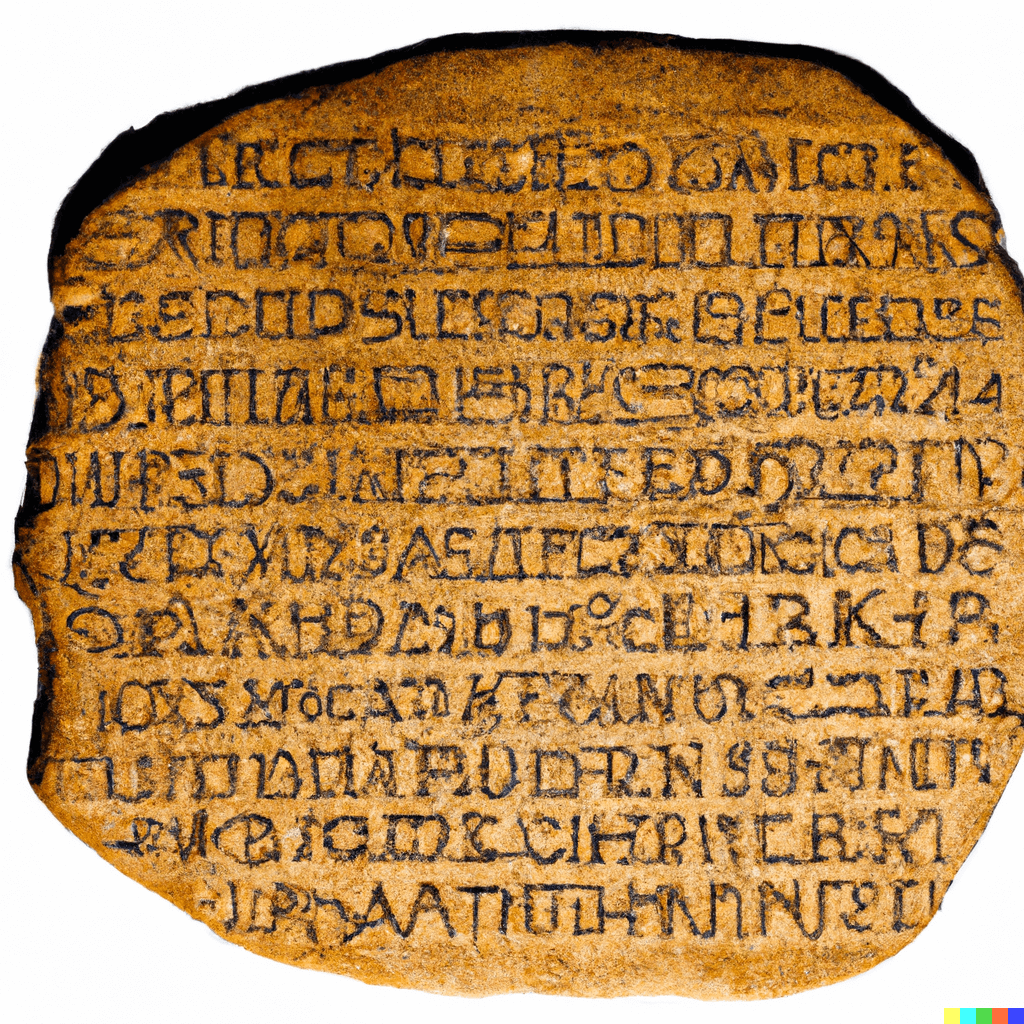The settings on KDE show this info about my computer after buying a used motherboard. Apparently it came from a prebuilt, though it is a standard ASUS board. Where does this branding come from and is it possible to remove it?
The branding also shows in inxi:
Machine: Type: Desktop System: PC Specialist product: Tornado R7S v: N/A serial: <superuser required> Mobo: ASUSTeK model: PRIME B450-PLUS v: Rev X.0x serial: <superuser required> part-nu: 1744753 UEFI: American Megatrends v: 4402 date: 12/13/2023
From the system’s DMI. You can check it yourself with
dmidecode. Those values are largely unchangeable, and those that are, will probably require a tool from the vendor to change, which are usually for internal use only within their company.woaw that’s pretty cool huh
Look at
kinfoor kinfocenterAre just adding a ‘k’ to regular words like they with ‘quantum’ in Ant-Man: Quantumania?
I mean it is useful. And they dont use “Kelvin” or something

kinfocenter is an application in Plasma where you can see all kinds of information about your system. So no, they are not just adding k to random words like quantum in Ant-man. :)
So they didn’t just add a k to infocenter? ;)
Yes, it’s kool
KDE was originally called “Kool Desktop Environment” until they renamed it, first to “K Desktop Environment” then to just “KDE”.
It was the first Linux desktop environment that tried to make all its apps look consistent. Before KDE, Linux UI apps were very inconsistent, each one using whatever UI toolkit it wanted. They likely named all of them with a K to make the naming somewhat consistent too.
Gtk was released two years later, originally only used in GIMP (Gtk originally stood for for “GIMP ToolKit”) and it took a while for other desktop environments to have a consistent look and feel like KDE did.
Gtk originally stood for for “GIMP ToolKit”
The “GNUs Not Unix Image Manipulation ToolKit” becomes Gtk (fucking autocorrect)
Naming shit on Linux is so fun
You forgot program. The P in GIMP
kinfo doesn’t show it but it does show in kinfocenter. It shows up in dmidecode -t 1 also.
Did you buy your motherboard used? I wonder if it came out of that system and the builder was somehow able to change the DMI information
I did buy it used yes. That’s interesting, I wonder if I can change that or did they order the boards from ASUS with their branding
This is part of the motherboard and can only be changed with specific tools from the manufacturer. Back in the days there was
AMIDEDOSas a dos tool to change it in AMI Bios. You would need to find out, what tool can be used to change it in your UEFI. However, it’s possible that those tools are not available to the public.@[email protected] I’ve found this (scroll down to #5 if it won’t scroll automatically). It shows some tools that can be used to change DMI information for different Manufacturers.
Hmm I might try one from there, although it requires Windows. I’ll see if it works on Hiren’s boot cd.
It can’t be removed. That info comes straight from the hardware itself (UEFI and individual devices).
I mean you could always hack the firmware…











